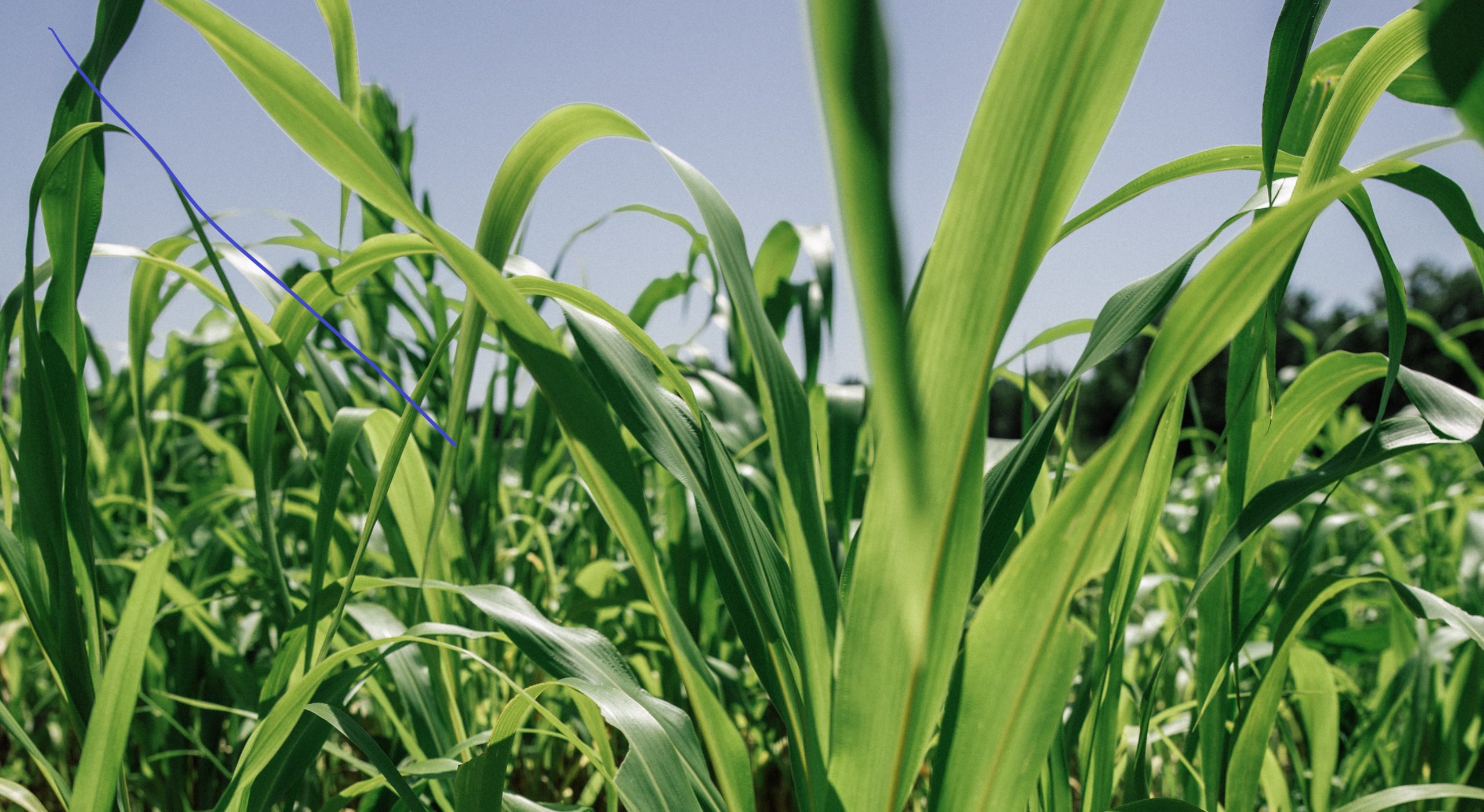Sustainable Agroforestry Models For Smallholder Farmers
Sustainable agroforestry has been making significant progress over the past two years, and there is much to celebrate. This innovative practice combines agriculture and forestry techniques to create sustainable and resilient farming systems. It aims to reduce environmental impacts while promoting biodiversity and improving livelihoods for local communities.
One particular success story that caught my attention is the work being done by WCS Congo in the Republic of Congo. They have been actively promoting sustainable agroforestry practices, and their efforts have yielded promising results. With their commitment to conservation and community participation, WCS Congo has been able to make a real impact on the ground.
Agroforestry is not a new concept, but its application in the Republic of Congo has been relatively recent. The combination of traditional farming techniques with agroforestry practices has proven to be highly beneficial for both the environment and local communities. By integrating trees into agricultural landscapes, farmers can create a more sustainable and diverse farming system.
Sustainable agroforestry offers a range of benefits, both for the environment and for farmers. One of the key advantages is improved soil fertility. By planting trees alongside food crops, farmers can enhance soil structure and nutrient cycling. The trees provide a source of organic matter, which helps to retain moisture and prevent erosion.
Moreover, agroforestry systems can contribute to climate change mitigation by sequestering carbon dioxide. Trees play a crucial role in absorbing greenhouse gases and storing carbon in their biomass and soils. This not only helps to reduce the carbon footprint of agriculture but also contributes to overall climate resilience.
Another important benefit of sustainable agroforestry is the preservation of biodiversity. By integrating trees into agricultural landscapes, farmers provide habitat for a wide range of flora and fauna. This promotes ecological diversity and supports the conservation of endangered species. WCS Congo has been working closely with local communities to create and maintain these biodiversity hotspots.
What is truly remarkable about the progress made in sustainable agroforestry is the tangible impact it has had on local communities. By adopting these practices, farmers have experienced improved crop yields and diversified their sources of income. In addition to growing food crops, farmers can also cultivate trees for timber, fruits, and other products. This provides them with additional revenue streams and enhances their resilience to economic shocks.
Ideas For sustainable agroforestry are not limited to the Republic of Congo. This innovative practice has the potential to be replicated and adapted in other contexts. By sharing knowledge and experiences, we can promote and scale up sustainable agroforestry across the globe. Governments, NGOs, and research institutions can play a crucial role in supporting and disseminating information about these practices.
Recommendation For individuals interested in sustainable agroforestry, there are several steps that can be taken. Firstly, familiarize yourself with the principles and techniques of agroforestry. There is a wealth of information available online and through various publications. Understanding the science behind agroforestry will help you make informed decisions and apply these practices effectively.
Listicle of successful case studies and success stories can be inspiring and educational. Learning from the experiences of others can provide valuable insights and guidance. Look for case studies from different regions and contexts to gain a broader understanding of the potential of sustainable agroforestry.
Question & Answer sessions with experts or practitioners in agroforestry can also be incredibly useful. Participating in webinars or attending conferences can give you the opportunity to interact with individuals who have firsthand experience in implementing agroforestry practices.
Summary of sustainable agroforestry cannot be complete without mentioning the challenges that come with implementing these practices. There are various barriers, such as lack of awareness, limited access to resources, and policy constraints. Overcoming these challenges requires collaboration and a concerted effort from all stakeholders involved.
In conclusion, sustainable agroforestry has come a long way in the past two years. Through the dedication and commitment of organizations like WCS Congo, we have seen the tangible benefits that can be achieved. From improved soil fertility to enhanced biodiversity and livelihoods, sustainable agroforestry holds great promise for the future. It is up to us to support and promote these practices, ensuring a sustainable and resilient future for both the environment and local communities.




Post a Comment for "Sustainable Agroforestry Models For Smallholder Farmers"